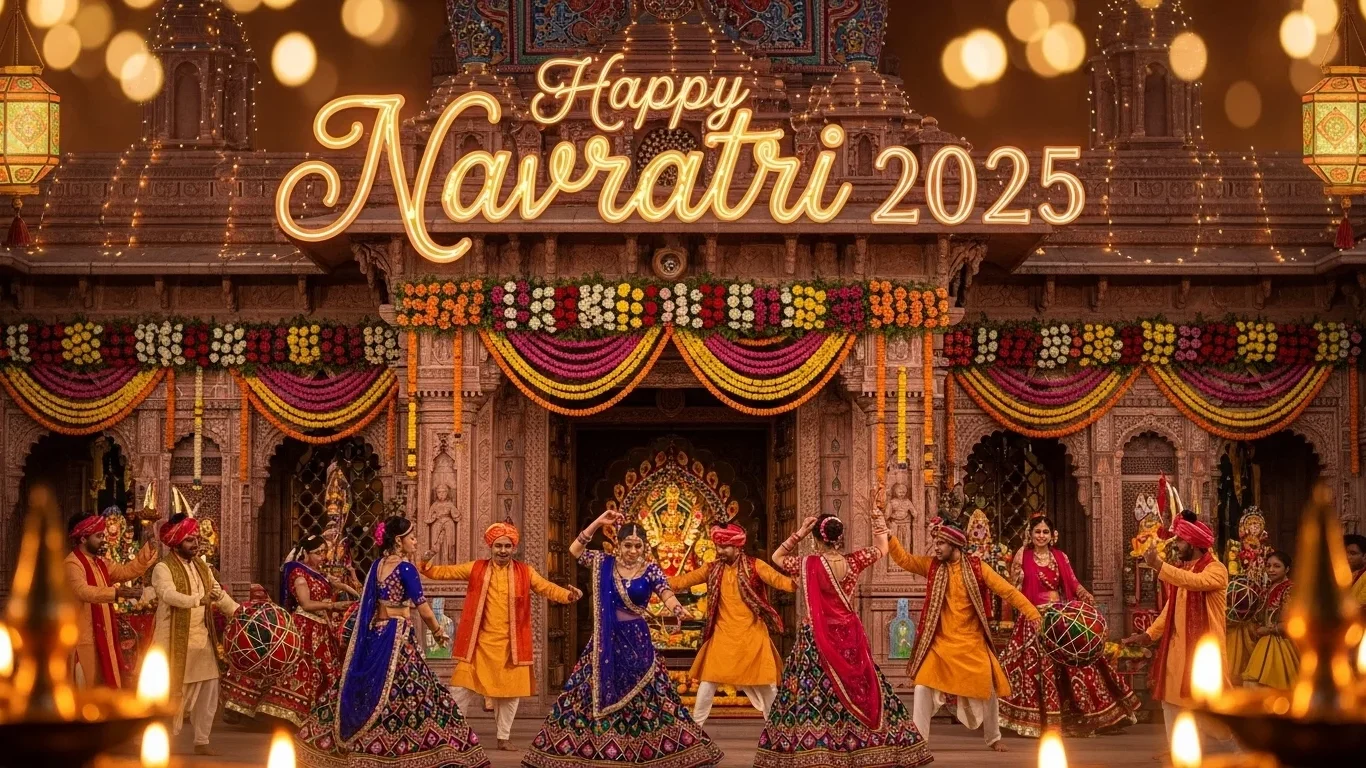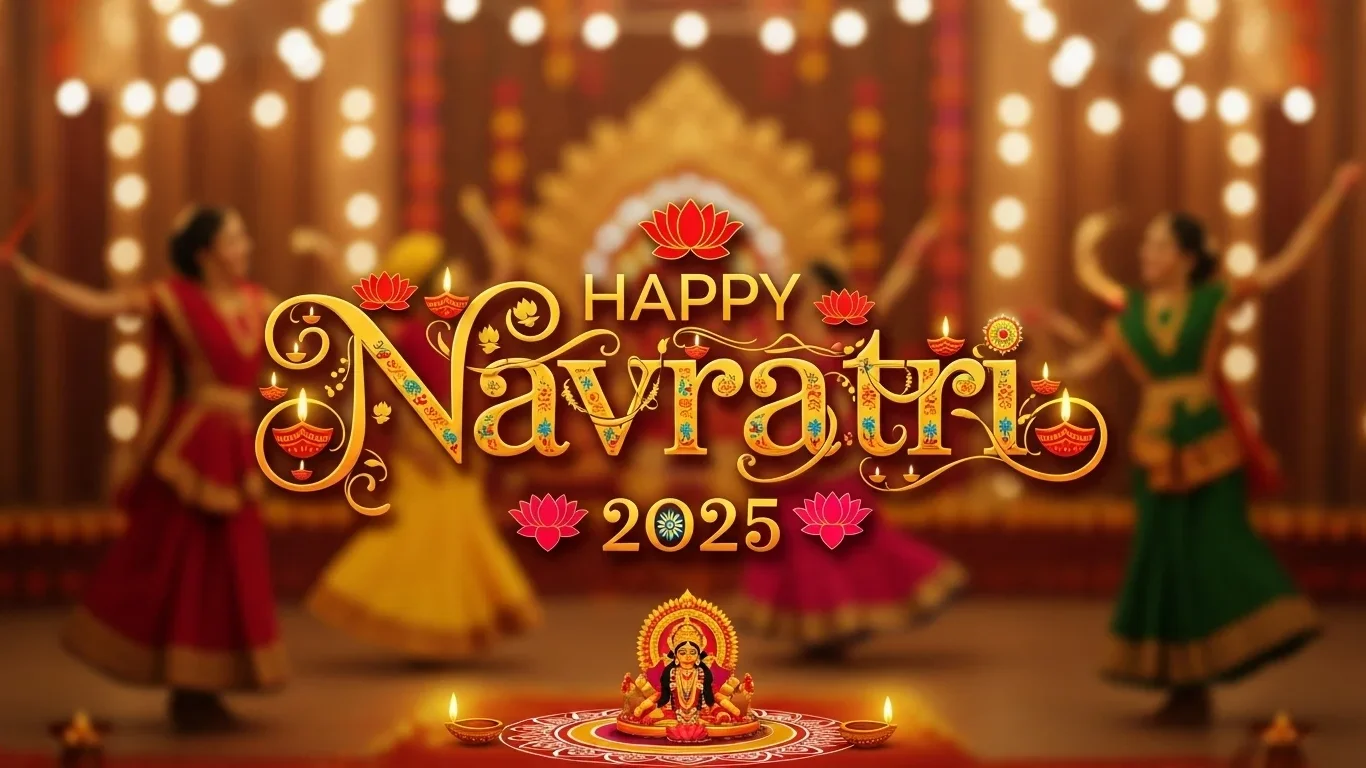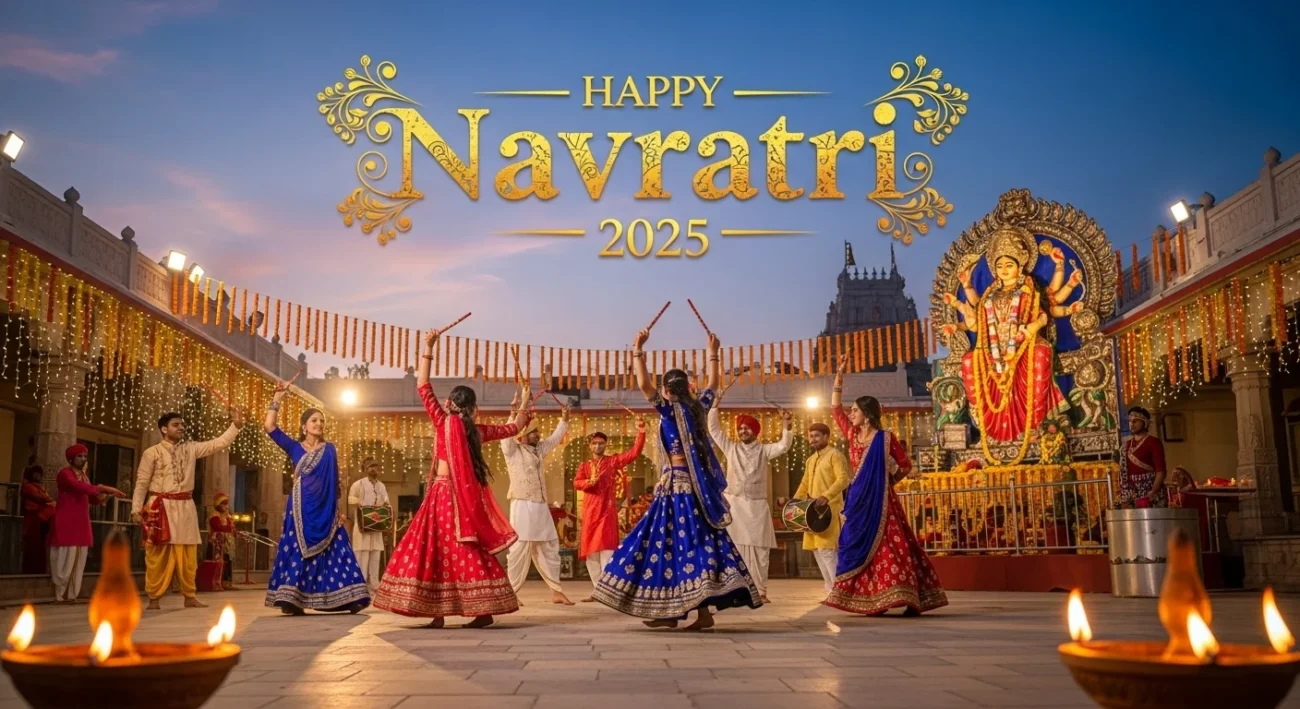Every year, as the festive season arrives, homes across India light up with colors, music, and devotion. This is the time of Navaratri, the famous festival of nine nights dedicated to Goddess Durga and her many forms. Among these sacred days, Maha Navami – the ninth day- is one of the most special. It’s the moment when all the prayers, rituals, and celebrations of Navaratri reach their peak.
Let’s dive into why Navaratri and Maha Navami are celebrated, what makes them meaningful, and why they still hold such an important place in our lives today.
What Navaratri Really Means
Navaratri literally means “nine nights,” but it’s more than just a time frame. It’s a journey of devotion and self-reflection. During these nine nights, people worship the nine forms of Goddess Durga – each one representing qualities like strength, courage, wisdom, and compassion.
All over India, Navaratri takes on different colors:
– In Gujarat, it’s famous for garba and dandiya dances late into the night.
– In West Bengal, it coincides with Durga Puja, where the goddess is welcomed with huge idols and grand rituals.
– In South India, families set up Golu displays – beautiful arrangements of dolls and figurines.
While the traditions vary, the heart of Navaratri is the same everywhere: it’s a time to honor feminine power and renew our own energy.

Maha Navami – The Ninth and Grandest Day
After eight days of devotion, Maha Navami arrives like a climax. This day is believed to mark the victory of Goddess Durga over the demon Mahishasura – symbolizing the ultimate triumph of good over evil.
On Maha Navami, many people perform special rituals such as
– Ayudha Puja: Worshipping tools, books, and even vehicles to express gratitude for the things that help us in our daily lives.
– Kanya Puja (Kumari Puja): Honoring young girls as living symbols of the goddess by offering them food, gifts, and blessings.
– Sacred Fire Rituals and Prayers: Performing homas and chanting mantras to invite positive energy and protection.
For devotees, Maha Navami isn’t just another day – it’s the moment where the power and blessings of Navaratri reach their height.
The Spirit of Community and Celebration
Both Navaratri and Maha Navami bring families and communities together. Streets fill with music, temples glow with lamps, and neighborhoods organize prayers and cultural events.
Food also plays a big role. During Navaratri, many people eat simple, sattvic meals and fast as a form of discipline. On Maha Navami, special dishes like puri, halwa, and kheer are prepared and offered to the goddess before being shared with family and friends.This mix of devotion, tradition, and celebration makes Navaratri and Maha Navami feel both spiritual and joyful at the same time.
Lessons We Can Learn from Navaratri and Maha Navami
These festivals aren’t just about rituals; they hold lessons for our daily lives:
Inner Strength: Just as Goddess Durga defeated Mahishasura on Maha Navami, we too can overcome fear, negativity, and challenges in our own lives.
Gratitude: Worshipping our tools and skills during Maha Navami reminds us to respect the things that support our livelihood.
Balance in Life: The nine forms of Durga during Navaratri teach us to balance strength, wisdom, and compassion – qualities we all need to thrive.
By applying these lessons, Navaratri and Maha Navami become more than festivals – they become reminders to live with courage, gratitude, and joy.

A Heartfelt Closing
As the nine nights of Navaratri come to an end with Maha Navami, there’s a sense of fulfillment in the air. These festivals bring people closer not only to the goddess but also to their own inner power. Navaratri inspires reflection, and Maha Navami celebrates the victory of good over evil, wisdom over ignorance, and light over darkness.
May this Navaratri and Maha Navami fill your home with peace, your heart with courage, and your life with blessings.
FAQs
What is Navaratri?
Navaratri is a Hindu festival celebrated over nine nights and ten days to honor Goddess Durga in her nine different forms. Each day represents a different quality, like strength, wisdom, and compassion.
What does Maha Navami mean?
Maha Navami is the ninth day of Navaratri, considered the most powerful and sacred. It marks the victory of Goddess Durga over the demon Mahishasura, symbolizing good defeating evil.
What food is eaten during Navaratri and Maha Navami?
Most people follow sattvic (pure vegetarian) food during Navaratri. On Maha Navami, special meals like puri, halwa, kheer, and chana are prepared and offered to the goddess before being shared.
What is Kanya Puja on Maha Navami?
Kanya Puja, also called Kumari Puja, is the ritual of worshipping young girls as embodiments of the goddess. They are offered food, gifts, and blessings as part of Maha Navami celebrations.
How can I celebrate Maha Navami at home?
You can set up a small altar with Goddess Durga’s picture or idol, perform simple prayers, light incense or lamps, offer fruits or sweets, and read a prayer or mantra. You can also do Kanya Puja and Ayudha Puja at home.
